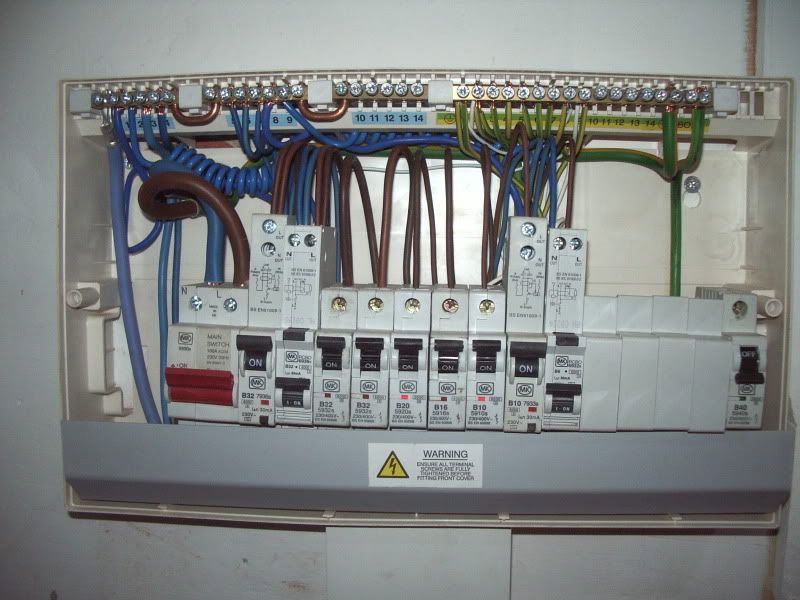H
holmslaw
..
Well if we look that in liner metres, if you say for an easy example where running a circuit that was 10M in total length.This is wrong and since the OP seems to be a cost conscious person inappropriate. The price of 100m of 4mm T&E cable at TLC is £93.60 while 100m of 2.5mm T&E is £55.20. Remember that historically the total floor area served by RFC is 100m^2 while for radials it is 75m^2 So given that his initial outline plan is for three RFC it is possible that he may need three or more radial circuits.But Radials are much more in voge, using 4mm T&E, usually comes in cheaper on materials too.
RFC in 2.5T&[email protected] PM x10x2 equals in total £11.04
Radial in 4.00T&[email protected] PM x 10 equals in total £9.36
and cheaper even still for an A3 circuit.
With copper prices expected to triple over the next few years watch out for the return to vogue of RFC
With copper prices expected to triple over the next few years watch out for the return to vogue of RFC
The ring final circuit has always used more copper than necessary. The original assumptions which brought about its introduction were quite simply incorrect.
The ring final circuit has always used more copper than necessary. The original assumptions which brought about its introduction were quite simply incorrect.
I always do stretch the maths!Absolutely correct .... if you were a poor designer... Why would you bother with a linear RFC? Why would you run the cable all the way back to the board in such a situation - you wouldn't - you would set it up as radial circuit. You really are stretching the maths to make your point work here.
522.6.6You will need to have RCD protection for all circuits, unless they are installed using either by using mechanical protection or cables are buried at least 50mm in to walls.
They need rcd protection regardless of mechanical protection or depth in wall. Exceptions can be made for particular items and these must be clearly identified. 411.3.3
After seeing that link where I can rent the test equipment I am seriously considering doing the training myself. I work in IT at the moment and without wanting to sound like a ass I aint stupid and I'm sure I can pick this up as a additional skill without too much trouble. Im sure as well that once quailified I could pick work up at the weekends from friends and so on that would make it pay for itself over the corse of a year.
You do put the fridge and boiler on MCBs you can buy CU's that one side is protected by a RCD and the other is not.Wow thanks for all the replies! I will be definatly running a circuit to the fridge and boiler seperate to the rest of the Kitchen supply but I had read somewhere that you put these on a MCB rather than a RCD protected side of the CU are all parts of the CU now protected by RCD? I read that this was done as RCD's were more prone to tripping out than MCB's but from another source i read that the just need to be put on their own RCD or RCBO so that they do not trip out when another item on the circuit protected by the RCD has an issue.

Still no.Now I'm not saying that RFC is better than a radial circuit - each has its own value. However, only in a very badly designed RFC would the amount of copper used be more than a radial circuit.
If you need to find a tradesperson to get your job done, please try our local search below, or if you are doing it yourself you can find suppliers local to you.
Select the supplier or trade you require, enter your location to begin your search.
Are you a trade or supplier? You can create your listing free at DIYnot Local
